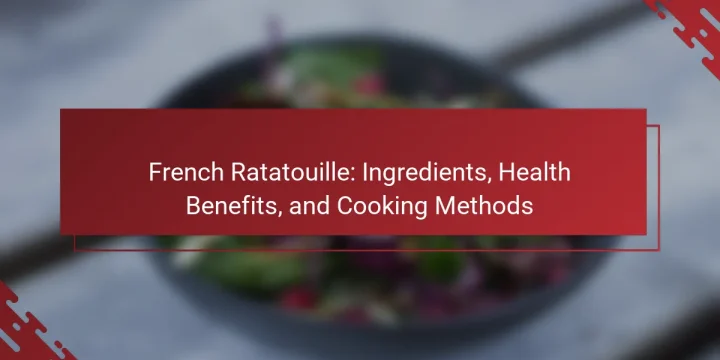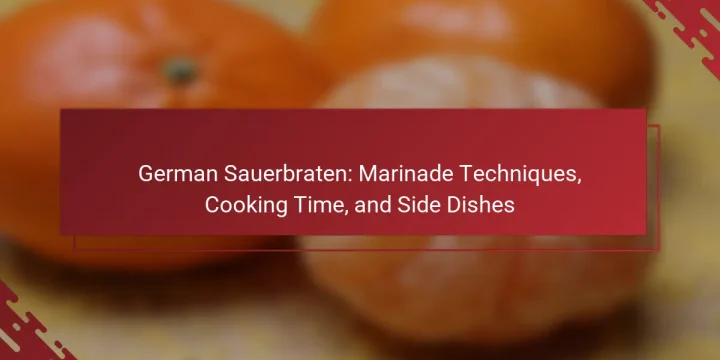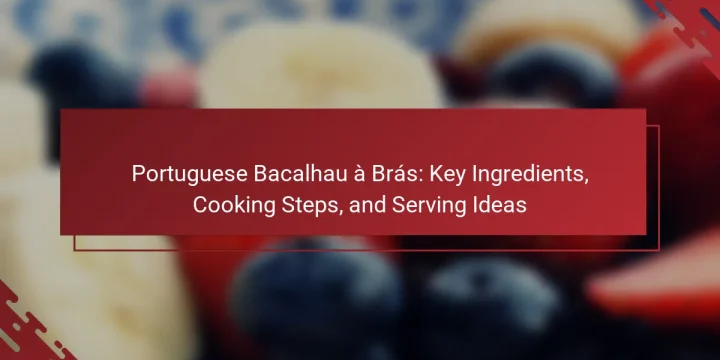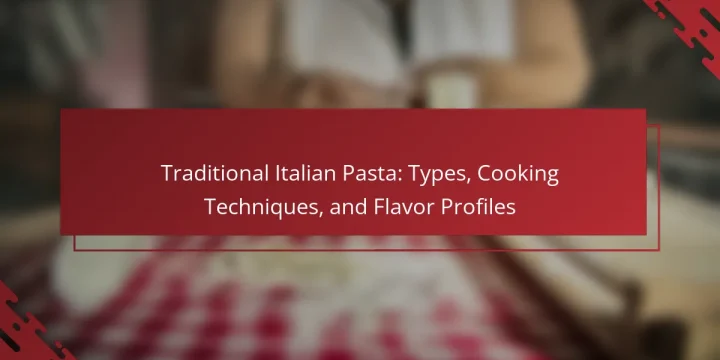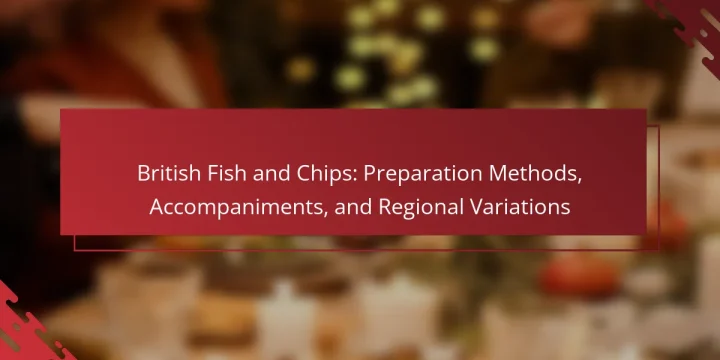
British fish and chips is a traditional dish that originated in the United Kingdom during the 19th century, combining fried fish with deep-fried potatoes. The first recorded mention of this dish appeared in 1860 in London, where it quickly became a staple meal for the working class during the Industrial Revolution, influenced by Jewish immigrants' fried fish recipes. Typical accompaniments include tartar sauce, mushy peas, and malt vinegar, which enhance the dish's flavor profile. Regional variations across the UK showcase local ingredients and preferences, such as haggis in Scotland and curry sauce in London, reflecting diverse culinary traditions. What are the origins of British Fish and Chips? British fish and chips originated in the United Kingdom during the 19th century. The dish combines fried fish with deep-fried potatoes. The first…

